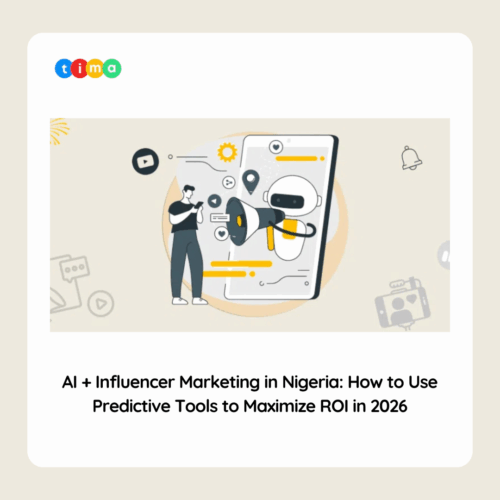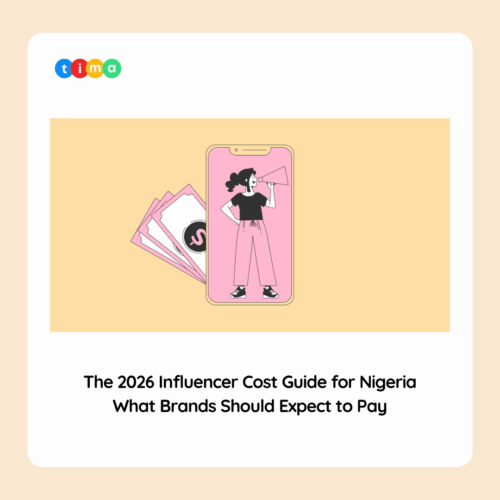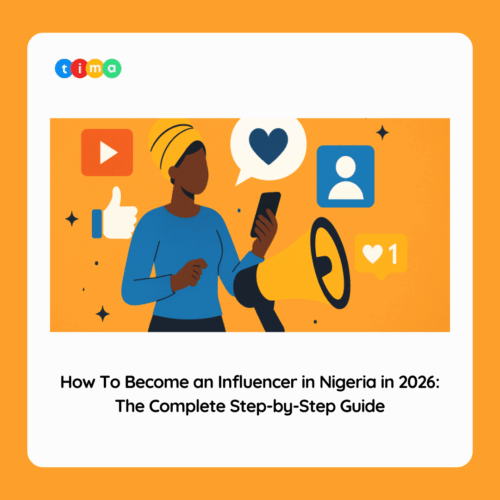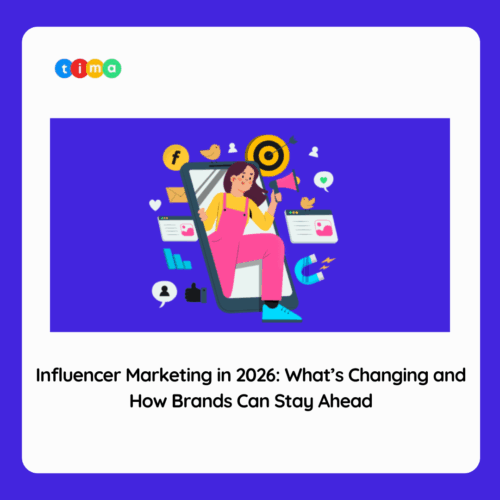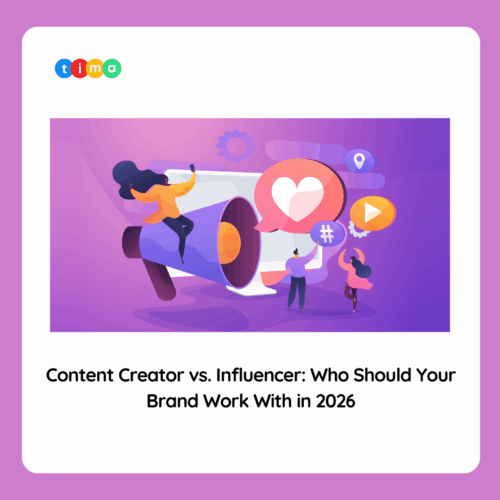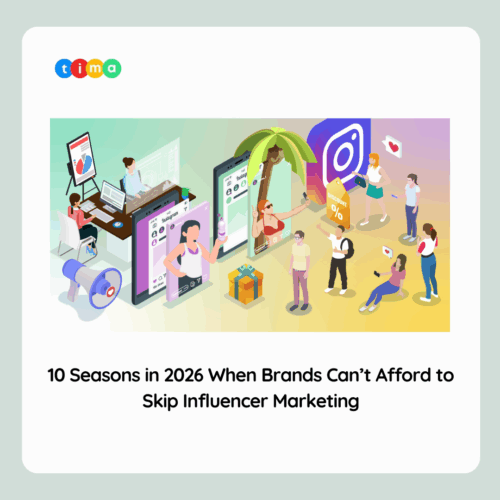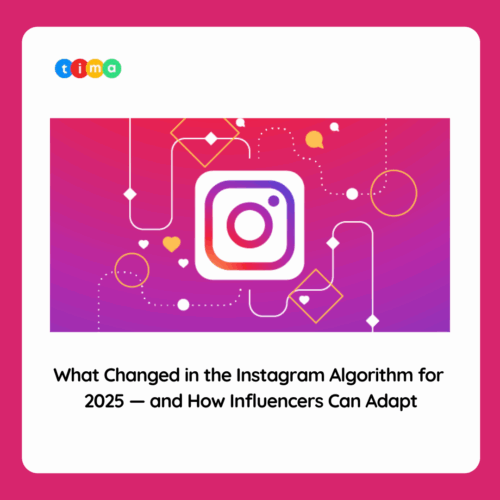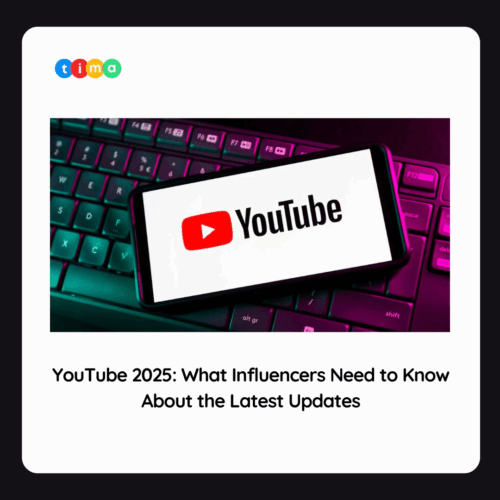KPIs, or key performance indicators, are like scorecards for your influencer marketing efforts. Instead of being complicated, think of them as measurable signs that tell you how well things are going. These signs are usually in the form of numbers or percentages, and they help you figure out if your influencer collaborations are hitting the mark or missing it.
Why Should You Care About KPIs?
- They show you what’s really going on: Monitoring influencer marketing KPIs allows you to take a sneak peek behind the scenes and understand how your influencer partnerships are truly performing. Are they attracting new followers? Is your brand effectively connecting with its audience? Most importantly, are you getting a good return on your investment? By keeping tabs on metrics such as conversions, purchases, and social interactions, you can determine if your influencer marketing efforts are genuinely worthwhile.
- They assist in picking the right partners. Have you ever witnessed a collaboration that seemed a bit off, where the influencer didn’t quite match the brand? By examining KPIs, you can avoid these awkward pairings. You’ll be able to identify influencers whose followers, interactions, and audience demographics align seamlessly with your brand’s objectives.
- They act as your future planning guide: KPIs are your roadmap for future success. By analyzing data from past campaigns, you can identify trends, understand what strategies work best, and make adjustments accordingly. This not only helps you make more informed decisions but also lays the foundation for sustained growth and development in the long run.
10 Influencer Marketing KPIs
1. Impressions:
Impressions, a fundamental metric, provide insights into how frequently your content is displayed on the screens of users. This data is invaluable in understanding how well your brand captures and sustains the attention of the audience. It’s important to note that a single viewer can contribute multiple impressions by revisiting the content, making this metric essential in evaluating the overall reach and impact of your campaign.
2. Reach:
Reach measures the total number of unique individuals who come across the influencer’s post. This extends beyond direct followers to encompass a broader audience who discovers the content through various channels. A higher reach enhances the likelihood of conversions, underscoring its significance as a pivotal KPI in assessing the dissemination of your brand message.
3. Click-Through Rate (CTR):
CTR serves as a gauge for the frequency with which potential customers engage with the URL provided in the influencer’s content. Monitoring this KPI is imperative; a low rate may indicate potential issues with the influencer’s messaging or targeting, while a high CTR suggests effective engagement with the audience.
| Click Through Rate (CTR) = (Number of Clicks / Reach) × 100 |
4. Engagement Rate:
Engagement rate is a multifaceted metric that incorporates likes, comments, shares, and other forms of interaction from viewers. A high engagement rate signifies that the content effectively resonates with followers, reflecting trust and satisfaction. Collaborating with micro-influencers can often yield higher engagement rates.
| CPE = Total Cost of the Influencer Campaign / Total Number of Engagements |
5. Cost Per Click (CPC):
CPC quantifies the expense incurred for each individual click generated from the influencer’s content. Maintaining a low CPC indicates that each click is delivering maximum value for the investment made. This financial metric is crucial for assessing the cost efficiency of your influencer marketing campaign.
| Cost Per Click (CPC) = Total Campaign Cost / Number of Clicks |
6. Referral Traffic:
Referral traffic denotes the volume of visitors directed to your webpage from various sources due to influencer content. Tracking this metric aids in evaluating how effectively influencer content drives traffic to your website, thereby enhancing brand awareness and attracting new customers.
7. Follower Growth:
Collaborating with influential profiles provides an opportunity to capture the attention of their supporters and encourage them to follow your business page. Monitoring follower growth, both pre and post-campaign, provides insights into the effectiveness of your influencer marketing efforts.
| Follower Growth = Current Number of Followers – New Followers |
8. Conversion Rate:
The conversion rate measures the proportion of viewers who transition from being passive spectators to active participants as a result of the influencer’s shout-out. It is instrumental in discerning which elements of your campaign are driving the most effective customer actions, whether it’s the influencer, the platform, or the content type.
| Conversion Rate = (Number of Conversions / Total Number of Visitors) × 100 |
9. Sales and Revenue:
Tracking sales and revenue may vary based on the specific business model. However, implementing a robust attribution system is crucial in pinpointing the source of sales back to specific influencer activities. Unique affiliate links or promotional codes can facilitate this tracking process.
10. Return on Investment (ROI):
ROI serves as the ultimate measure, evaluating the total revenue generated against the resources invested in the campaign. This metric calculates the profitability derived from the marketing campaign, ensuring a comprehensive assessment of the influencer’s impact on your business outcomes.
| ROI% = (Revenue Generated / Cost of Influencer Investment) * 100 |
TIMA, Your KPI Expert
We completely understand that as your business continues to grow, it can become challenging to manage your daily operations while also handling tasks like vetting influencers and keeping track of Key Performance Indicators (KPIs) using the formulas mentioned in this article. It’s a lot to handle, and that’s where TIMA steps in to lend a helping hand.
At TIMA, we deeply understand this industry’s complexities. When you rely on us, rest assured, every detail gets meticulous attention. We prioritize transparent reports, keeping you informed at every step. Our aim is to bolster your brand journey comprehensively. This covers KPIs, influencer selection, narrative crafting, and campaign execution across all major platforms.
Let’s take a look at some of our success stories with a few clients who experienced phenomenal results:
- BYTEDANCE: LETSCHAT For our partnership with BYTEDANCE: LETSCHAT, we collaborated with 18 influencers across multiple platforms, including TikTok, Instagram, and YouTube. These influencers boasted a combined following of 25.7 million users, strategically positioned to highlight the exciting features of the social media app by offering an immersive experience. This initiative garnered an impressive impression reach of 44 million and received 8.75 million views, leading to widespread awareness.
- TRAVELBETA: In the case of TRAVELBETA, we assisted them in promoting their brand on television with the help of content creators. This initiative reached an audience of 40 million people and generated 2.7 billion media impressions, significantly boosting brand visibility.
- YELLOWCARD: Our collaboration with YELLOWCARD involved partnering with influencers from the lifestyle sector. These influencers collectively had a total Instagram follower count of 137,000. Through this promotional effort, we introduced new products and attracted the attention of over 8.2 thousand viewers, resulting in substantial engagement.
Conclusion
As we’ve delved into the crucial metrics that shape effective collaborations, it’s evident that the power of working with influential content creators lies not just in the stories told but in the strategic insights gained. With these 10 influencer marketing KPIs, brands partnering with TIMA are well-equipped to forge meaningful connections, drive engagement, and achieve their objectives with precision and confidence. Our dedication to your success sets us apart, and we look forward to being your trusted partner in navigating the dynamic world of influencer marketing.


